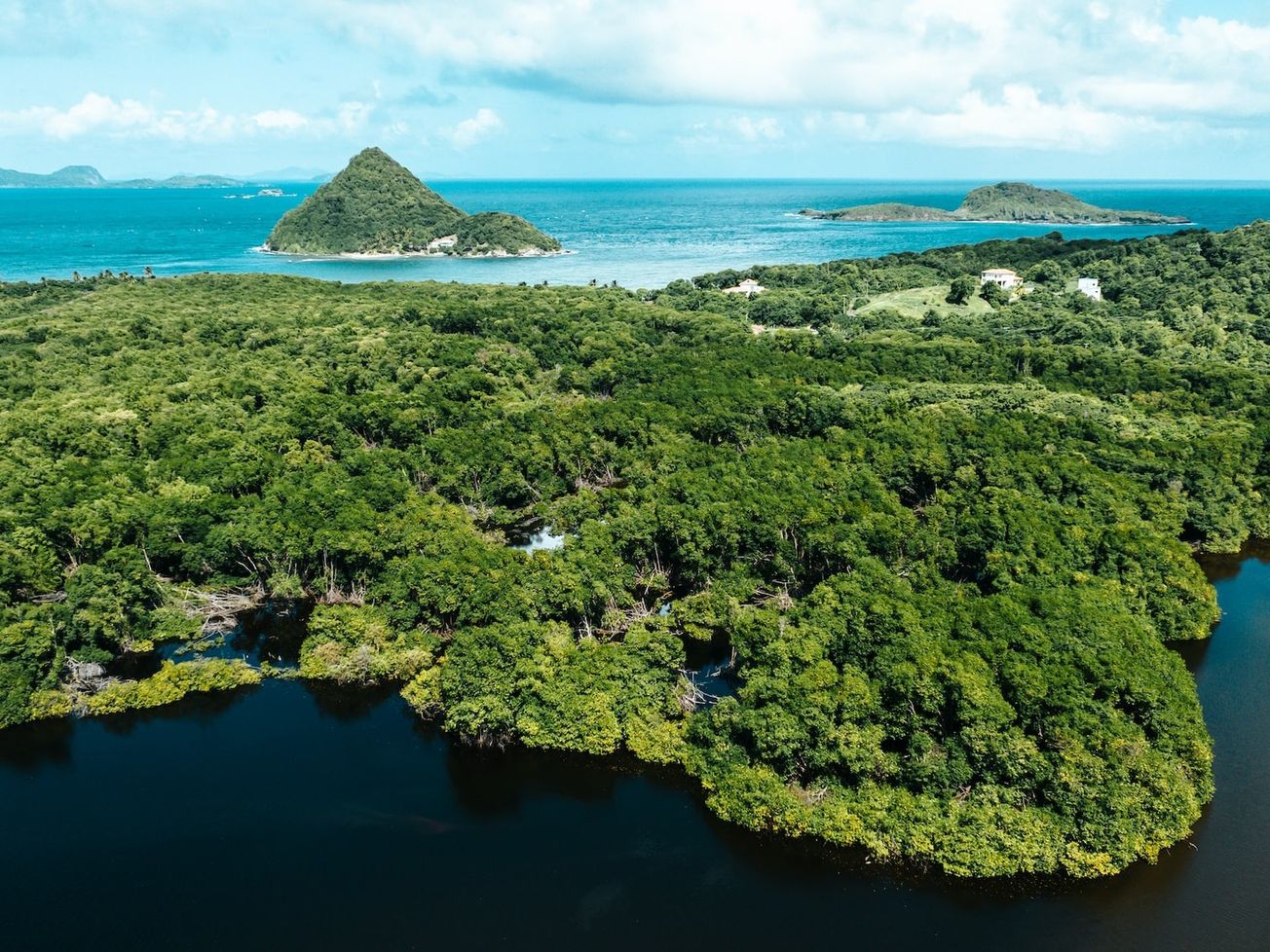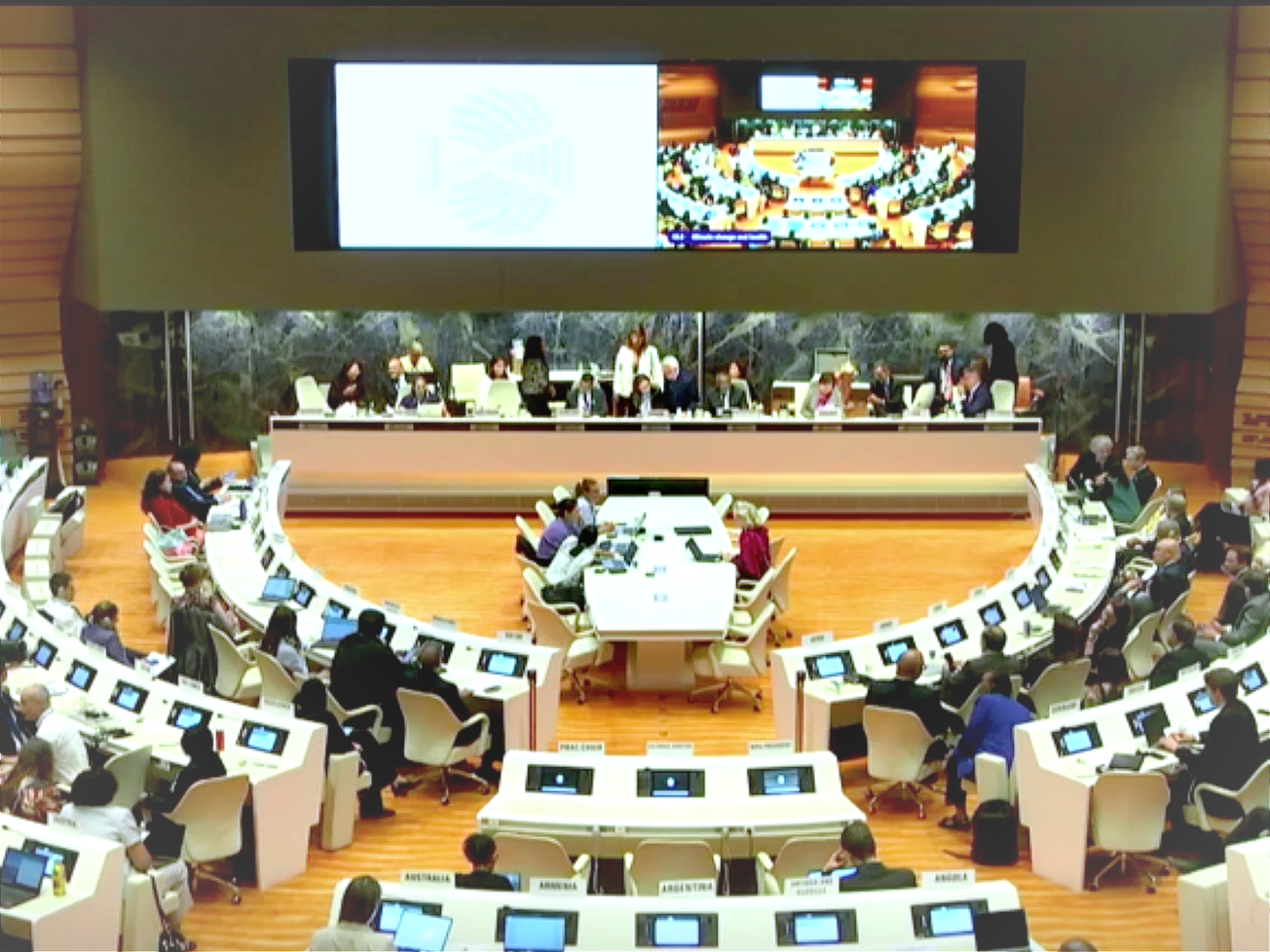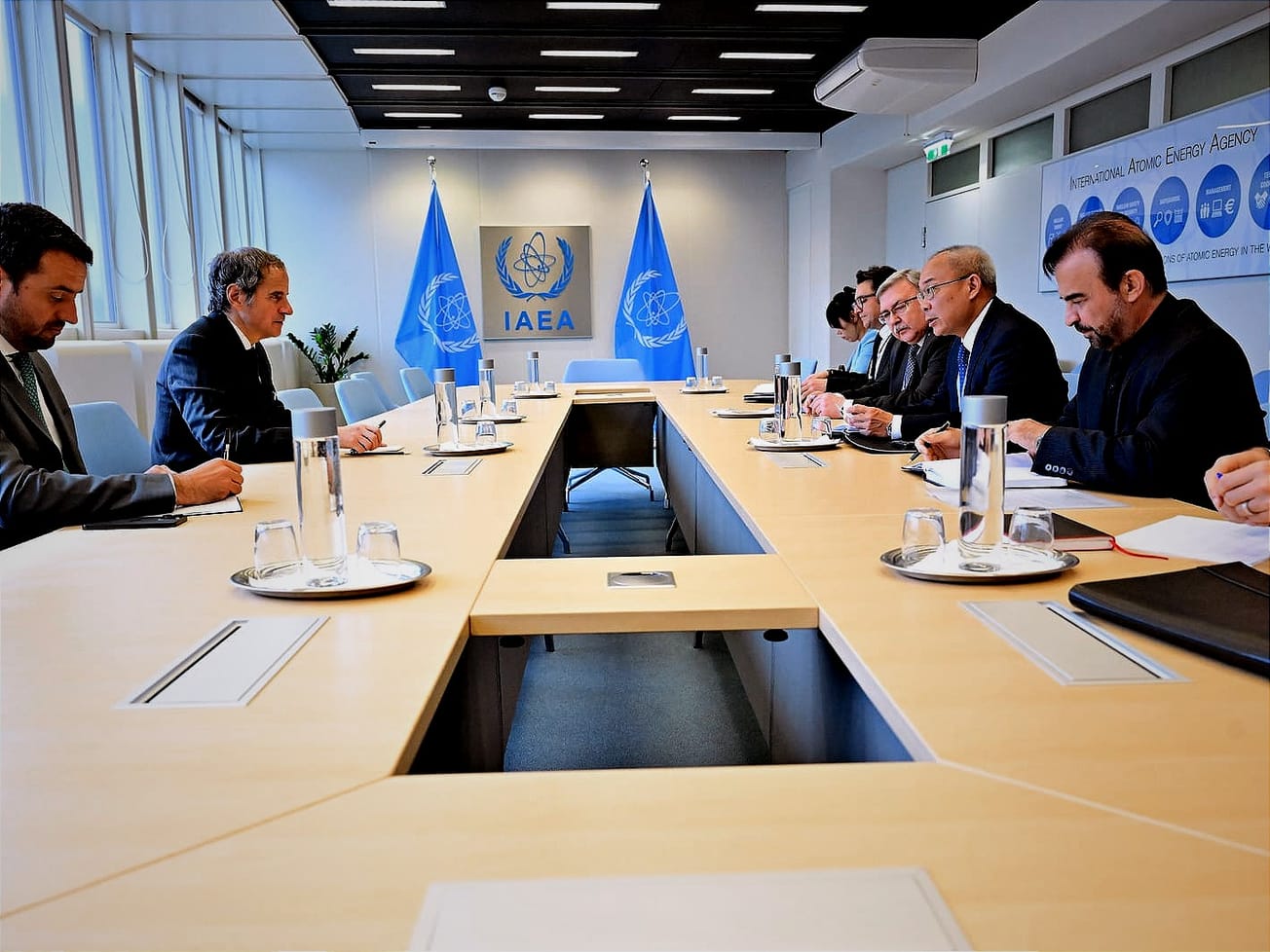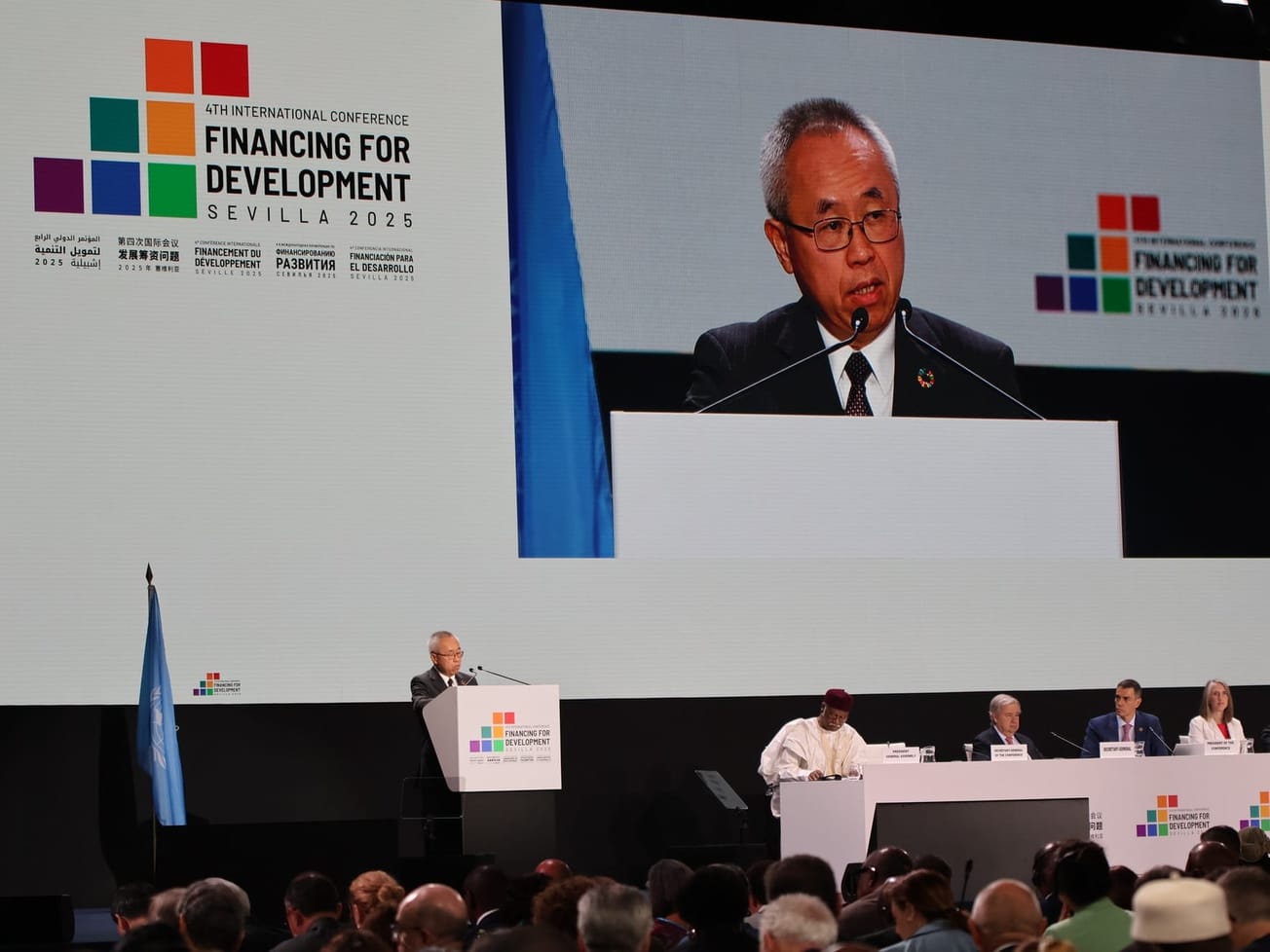A flurry of new U.N. reports show the costs of adapting to climate impacts are far higher than previously estimated – up to $366 billion a year more is needed in developing nations – but the health benefits are enormous.
The widening gap is a reflection of wealthy nations cutting the amount of money provided to poorer nations to adapt to climate change despite having made promises to mobilize $100 billion a year that date back to the U.N. climate summit at Copenhagen in 2009.









